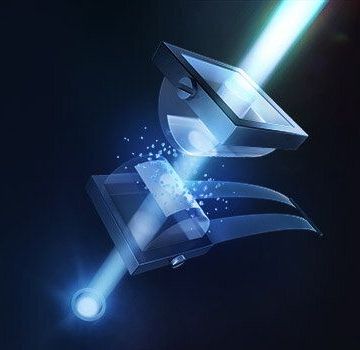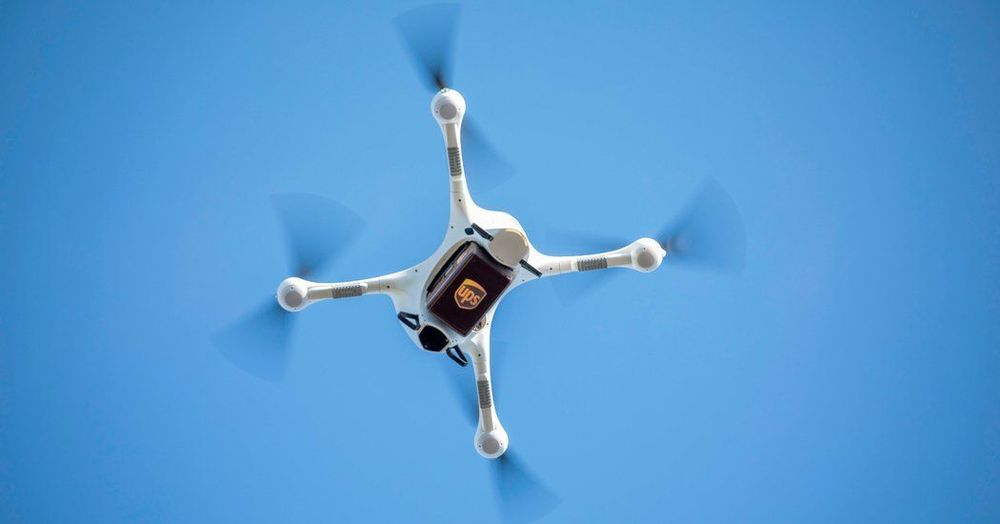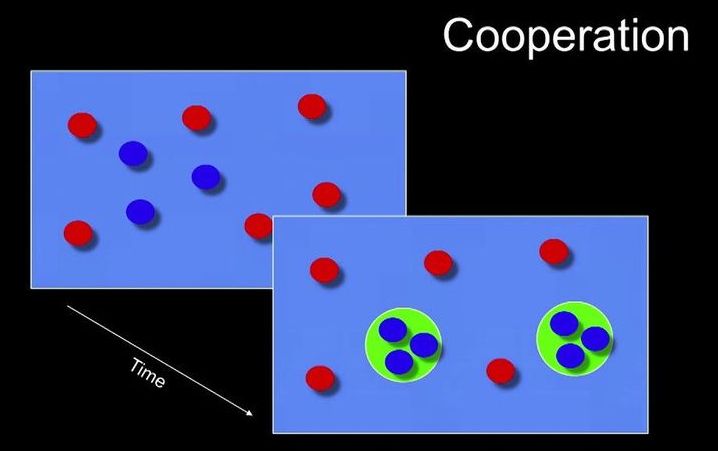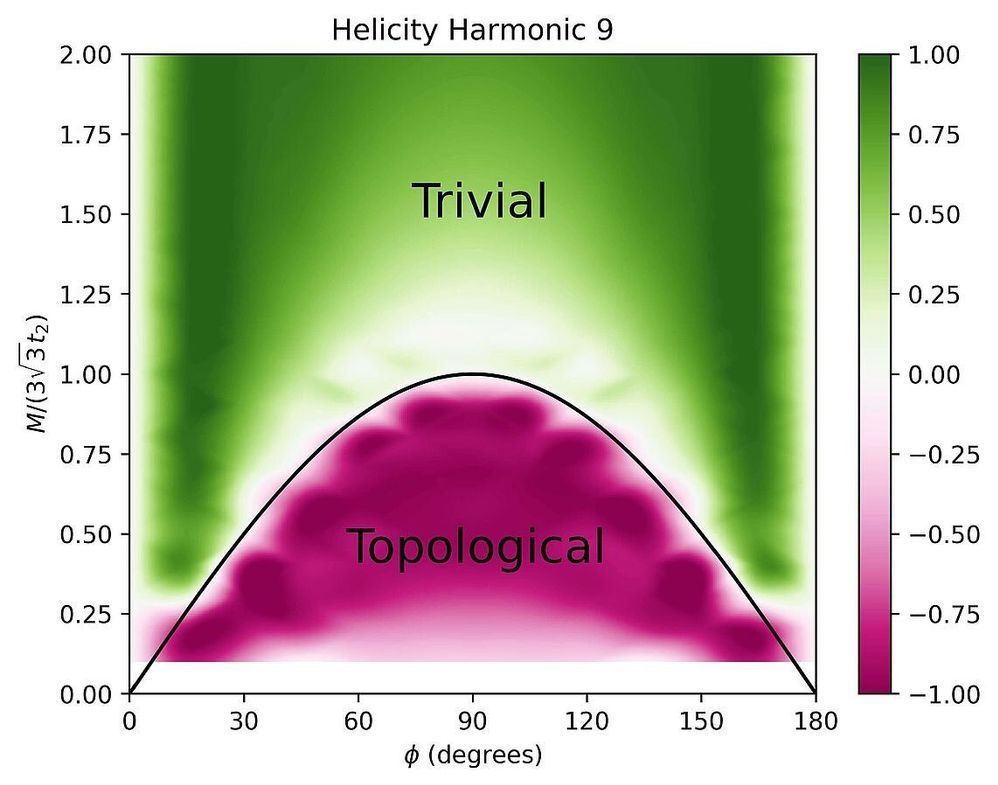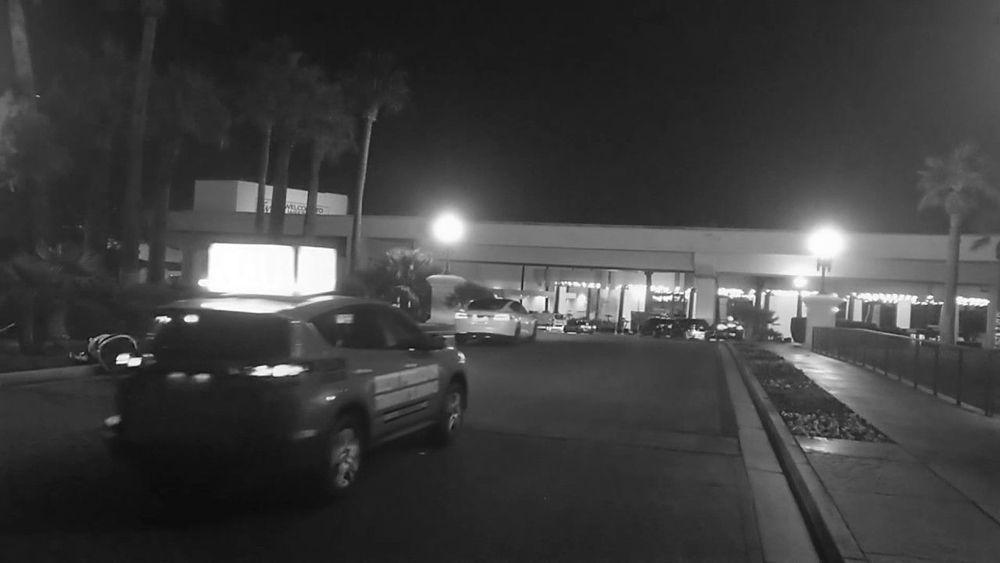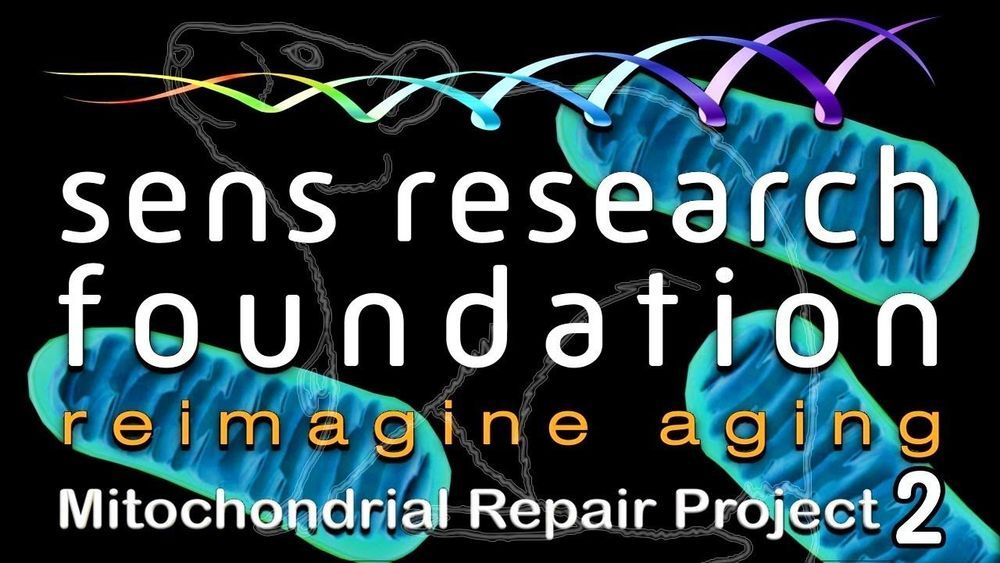Oct 2, 2019
Quantum destabilization of a water sandwich
Posted by Quinn Sena in categories: food, quantum physics, sustainability
From raindrops rolling off the waxy surface of a waterlily leaf to the efficiency of desalination membranes, interactions between water molecules and water-repellent “hydrophobic” surfaces are all around us. The interplay becomes even more intriguing when a thin water layer becomes sandwiched between two hydrophobic surfaces, KAUST researchers have shown.
In the early 1980s, researchers first noted an unexpected effect when two hydrophobic surfaces were slowly brought together in water. “At some point, the two surfaces would suddenly jump into contact—like two magnets being brought together,” says Himanshu Mishra from KAUST’s Water Desalination and Reuse Center. Mishra’s lab investigates water at all length scales, from reducing water consumption in agriculture, to the properties of individual water molecules.
Researchers were unable to explain the phenomenon at the molecular level, so in 2016, Mishra organized a KAUST conference on the subject. “We brought together leaders in the field—experimentalists and theorists—leading to intense debates on the understanding of hydrophobic surface forces,” he says.
